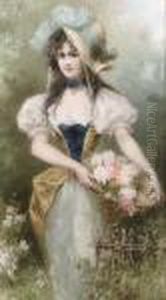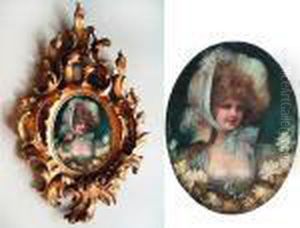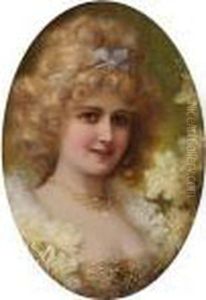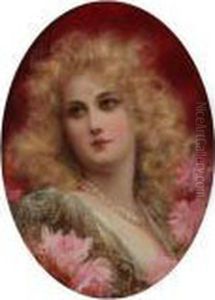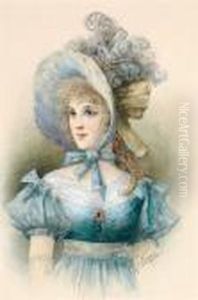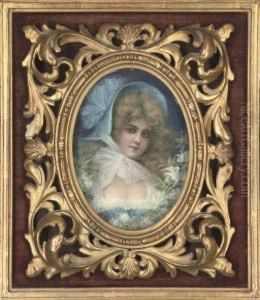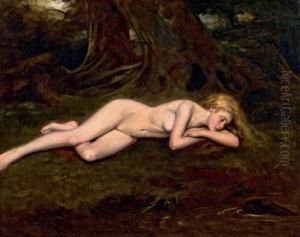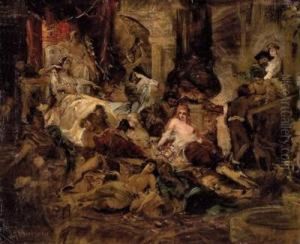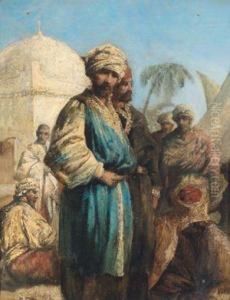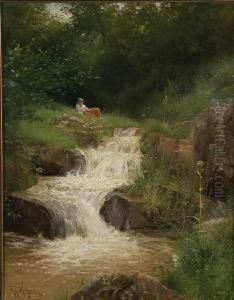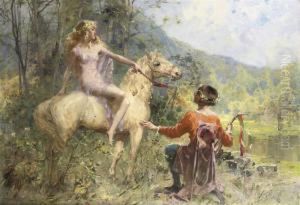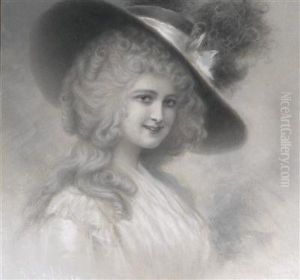Raimund, Ritter Von Wichera Paintings
Raimund, Ritter von Wichera was a notable figure in the 19th-century arts scene, though perhaps not as widely recognized today as some of his contemporaries. Born in 1823, von Wichera's life unfolded during a period of significant cultural and political change in Europe, a context that deeply influenced his work and career. He was part of the broader Romantic movement, which sought to emphasize individual emotion and the sublime beauty of nature, reacting against the Enlightenment's focus on reason and systematic thought.
Von Wichera's artistic output was diverse, encompassing painting, literature, and music, reflecting the Romantic spirit's interdisciplinary approach to art. His contributions were particularly appreciated in his native region, where he was seen as a pivotal figure in the cultural landscape, promoting a sense of national identity and pride through his works.
Despite the appreciation he received during his lifetime, von Wichera's legacy has been somewhat overshadowed by other luminaries of the Romantic era. This is partly due to the vast breadth of talent that existed during this period across Europe, including figures like Ludwig van Beethoven, Johann Wolfgang von Goethe, and Caspar David Friedrich, who have captured more of the historical limelight.
Raimund, Ritter von Wichera died in 1880, leaving behind a body of work that, while perhaps not as celebrated as that of some of his peers, continues to offer valuable insights into the cultural and artistic milieu of 19th-century Europe. His life and oeuvre are a testament to the era's complex interplay of artistic, nationalistic, and individualistic forces.
